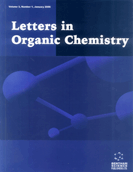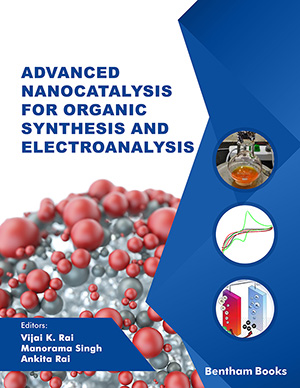Abstract
Our group recently reported that the polyhydroxy aromatic compound 3,3′,4,4′- biphenyltetrol (2a) is a successful inhibitor of amyloid-β peptide (Aβ) aggregation, decreasing Aβ aggregation by 50 % when present in equimolar concentrations. In the present study, several additional biphenyltetrols were prepared and examined for their in vitro activity against aggregation of Aβ to investigate the effect of the relative positions of hydrogen-bond donors on the aggregation process. Congo red spectral shift assays demonstrated that, of the eight (8) additional biphenyltetrol compounds prepared, three (3) successfully inhibited the association of Aβ monomers, two symmetrical isomers, 2,2′,5,5′-biphenyltetrol (2c), and 2,2′,3,3′-biphenyltetrol (2d), along with one unsymmetrical isomer, 2,3′,4′,5-biphenyltetrol (2g). These results, along with the previously reported results of 2a, strongly suggest that hydroxyl group position affects the ability of the inhibitor to bind to Aβ assemblies, thus impacting inhibitory efficacy.
Keywords: Alzheimer’s disease, amyloid-β, aggregation inhibitors, biphenyltetrols, catechols, Congo red assay.


























